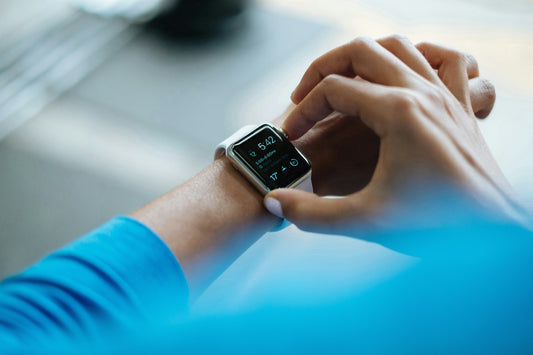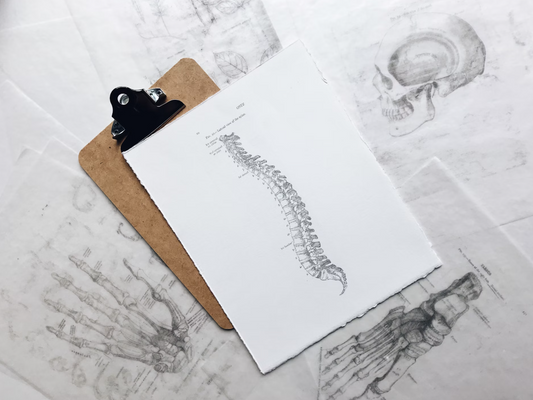Creativity is often seen as a mysterious spark that fuels innovation and artistry. But did you know that your breathing plays a critical role in how creative and focused you can be? The way you breathe influences oxygen delivery to your brain, impacts your stress levels, and even affects the connectivity between brain regions that drive creativity and problem-solving.
In this article, we’ll explore the fascinating link between breathing and creativity, how proper respiration can enhance brain function, and practical techniques to tap into your creative potential.
The Science Behind Breathing and Brain Function
Your brain requires a constant and abundant supply of oxygen to function optimally. The respiratory system delivers this oxygen, and your breathing patterns directly affect how efficiently it’s transported to the brain.
1. Oxygen and Brain Activity
- The brain, which makes up only 2% of your body weight, consumes 20% of your oxygen supply. Proper breathing ensures your brain cells receive the oxygen they need to sustain focus, memory, and creativity.
- Shallow or irregular breathing can reduce oxygen levels, leading to brain fog, impaired decision-making, and reduced creativity.
2. Breathing and the Default Mode Network (DMN)
The Default Mode Network (DMN) is a group of brain regions associated with introspection, daydreaming, and creative thinking. Research shows that slow, deep breathing can enhance connectivity within the DMN, fostering creative insights and solutions.
3. Stress, Breathing, and Creativity
Stress triggers rapid, shallow breathing, activating the "fight or flight" response and diverting resources away from higher-order thinking. Controlled breathing helps calm the nervous system, promoting relaxation and opening the door to creative exploration.
How Proper Breathing Enhances Creativity
By optimizing your breathing, you can unlock several benefits that directly enhance your creative capabilities:
1. Improved Focus and Clarity
Deep, intentional breathing increases oxygen delivery to the brain, supporting sharper concentration and mental clarity—essential ingredients for creative problem-solving.
2. Boosted Brainwave Activity
Certain breathing techniques, such as rhythmic or coherent breathing, promote alpha brainwaves. These brainwaves are linked to states of calm creativity and flow, where ideas flow naturally and effortlessly.
3. Stress Reduction for Creative Freedom
Stress and anxiety can stifle creativity. Breathing exercises activate the parasympathetic nervous system, which reduces stress hormones and fosters a more relaxed, imaginative mindset.
Breathing Techniques to Boost Creativity
Incorporating targeted breathing exercises into your routine can help you harness your creative potential.
1. Box Breathing for Focus and Relaxation
Box breathing, also known as four-square breathing, balances your nervous system and sharpens your mental clarity.
- Inhale through your nose for a count of four.
- Hold your breath for four seconds.
- Exhale through your mouth for four seconds.
- Hold your breath again for four seconds. Repeat for 5–10 cycles.
2. Alternate Nostril Breathing for Brain Balance
This yoga-inspired technique enhances the connection between the brain’s left and right hemispheres, fostering both logical and creative thinking.
- Sit comfortably and use your thumb to close your right nostril.
- Inhale deeply through your left nostril, then close it with your ring finger.
- Exhale through your right nostril. Repeat for several minutes, alternating nostrils.
3. 4-7-8 Breathing for Calm Creativity
This breathing pattern reduces anxiety and promotes relaxation, ideal for tapping into creative flow.
- Inhale through your nose for a count of four.
- Hold your breath for seven seconds.
- Exhale slowly through your mouth for eight seconds.
4. Diaphragmatic Breathing for Enhanced Oxygenation
Also known as belly breathing, this technique ensures your lungs fully expand, increasing oxygen intake.
- Sit or lie down comfortably. Place one hand on your chest and the other on your abdomen.
- Breathe deeply through your nose, letting your belly rise.
- Exhale through your mouth, allowing your belly to fall.
The Creative Flow State: Breathing as a Gateway
A flow state is a mental zone where you’re fully immersed in a task, and creativity flows effortlessly. Proper breathing can act as a gateway to this state by calming your mind and enhancing your focus.
- Breathing in Flow: Rhythmic breathing aligns your body and mind, reducing distractions and promoting sustained attention.
- Mindfulness and Creativity: Breathing exercises often overlap with mindfulness practices, which encourage presence and openness to new ideas.
Practical Tips for Incorporating Breathing into Your Creative Routine
- Set a Breathing Ritual: Start your creative sessions with a 5-minute breathing exercise to center yourself.
- Take Breathing Breaks: Pause periodically during your work to reset your breathing and clear mental fatigue.
- Combine Breathing with Movement: Activities like yoga or walking meditations pair breath control with physical movement, stimulating both body and mind.
- Breathe in Nature: Spending time outdoors while practicing deep breathing can enhance creativity by connecting you with natural stimuli.
The Ripple Effect of Better Breathing
Optimizing your breathing doesn’t just boost creativity; it enhances overall brain function, mood, and well-being. By making proper respiration a part of your daily routine, you can:
- Improve your problem-solving skills.
- Gain a greater sense of calm and focus.
- Find inspiration in unexpected places.
Conclusion
Creativity thrives in a calm, oxygen-rich mind—and your breathing is the key. By practicing intentional breathing techniques, you can unlock your brain’s full potential and cultivate the clarity, focus, and flow needed to bring your best ideas to life.
The next time you face a creative block, take a deep breath—literally. You might just find that the solution you’ve been seeking is only a breath away.




